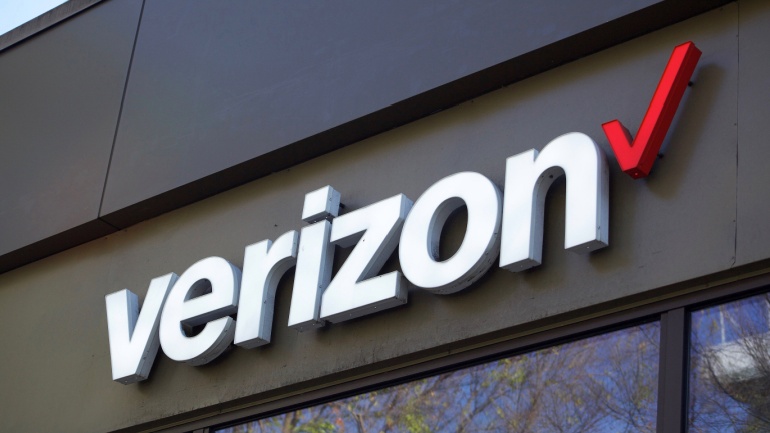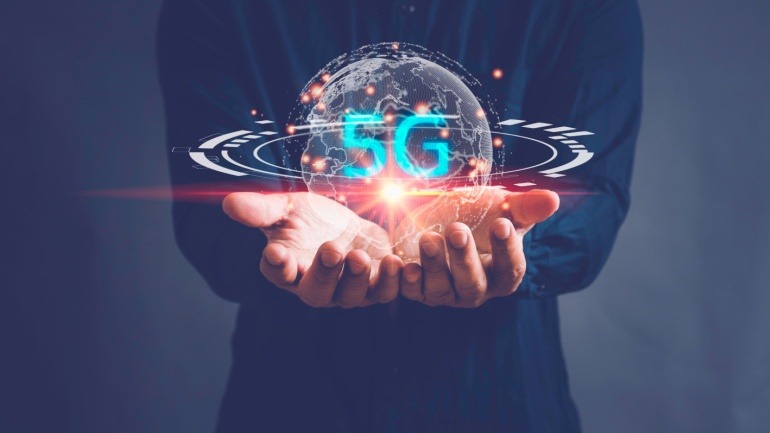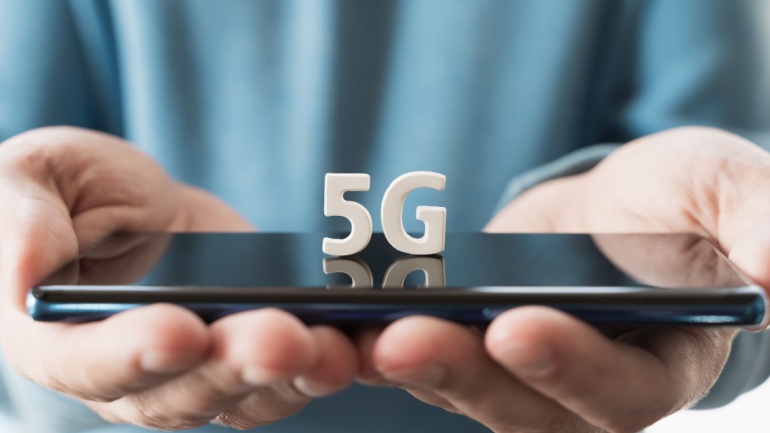Nokia and Zain KSA have teamed up to revolutionize indoor mobile connectivity in Saudi Arabia by introducing the first 4G/5G Femtocell solution in the region. This partnership aims to improve indoor network coverage for enterprises, ensuring seamless and efficient communication.
Honeywell and Verizon have partnered to deliver a 5G-powered retail and logistics solution, ensuring seamless business operations during disruptions. Combining Honeywell’s tech with Verizon’s 5G, the system simplifies procurement, device management, and scalability.
Verizon Business is revolutionizing communication infrastructure at multiple US Air Force bases, enhancing 4G and 5G networks. This strategic initiative not only boosts connectivity but also showcases Verizon’s commitment to network solutions within military operations.
Verizon’s recent 5G trial, in collaboration with Samsung and MediaTek, showcased download speeds of 5.5 Gbps using advanced carrier aggregation. This breakthrough highlights the potential of 5G technology for enhances solutions.
Telefonica’s 5G network now covers over 90% of Spain’s population. The expansion, particularly in the 3.5 GHz and 700 MHz bands, ensures widespread, reliable connectivity. This progress not only enhances consumer experiences but also fuels industrial innovation.
Vodafone Idea is poised to transform India’s telecom landscape with its 5G launch. By targeting 75 key cities, Vodafone aims to reclaim market share from Reliance Jio and Airtel. Offering potential pricing advantages, Vodafone’s 5G rollout promises compelling opportunities for consumers.
Italy is gearing up for its first 5G Standalone millimeter wave network, enhancing Fixed Wireless Access in underserved areas. Announced by Nokia, this project supports EOLO in bridging connectivity gaps.
Verizon introduces free network slicing to consumers through Enhanced Video Calling. This innovative move, targeting iPhone users on 5G Ultra Wideband, promises superior video call quality on popular platforms.
SFR introduces innovative 5G slicing services for businesses, leveraging 5G Standalone technology in the 3.5 GHz band. These services tailor connectivity needs with “privileged access” and “tailor-made slicing,” enhancing enterprise solutions.
Nextivity and LG Electronics’ partnership revolutionizes enterprise technology by integrating 5G and Distributed Antenna Systems (DAS). Their collaboration expands 5G IoT solutions in sectors like healthcare and education.













